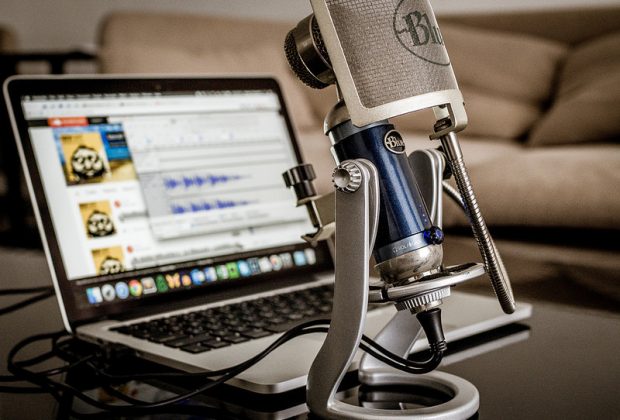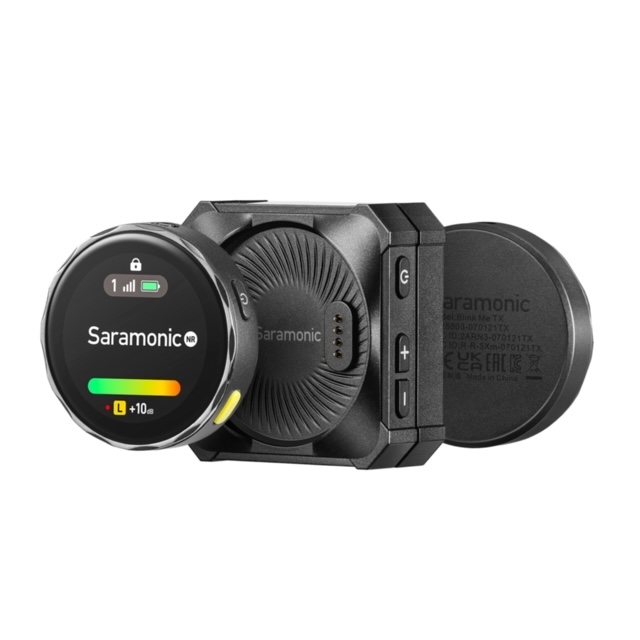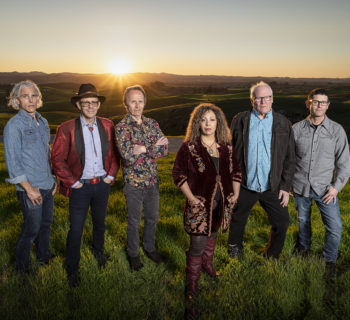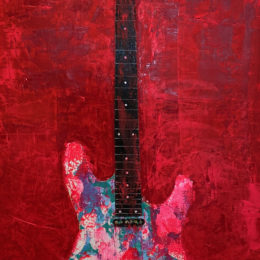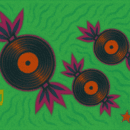Complete Guide For Musicians and Content Creators
Music licensing, or any of the legal aspects of music for that matter, can feel overwhelming no matter how long you’ve been in the game. However, understanding this side of the industry is crucial, especially if you’re an independent musician or content creator.
As an artist or musician, music licensing is one of your most valuable revenue streams. From performances to sync placements to streaming and more, there are several ways you can generate income and support a full-time career.
As a content creator, whether a filmmaker, podcaster, YouTuber, or social media influencer, licensing music is the only legal way to use copyrighted material in your work. Plus, properly licensing music keeps you compliant with copyright laws, avoiding potential legal issues and copyright infringements down the line.
The following will help you gain a comprehensive understanding of music licensing and how to apply it to your life and career. Let’s dive in!
What Is Music Licensing?
By definition, music licensing refers to the legal process of granting or obtaining permission to use copyrighted music in various forms of media or public performances.
A licensee (the party using the music) can use the licensor’s (the owner of the music) intellectual property in exchange for agreed-upon terms, which often include financial compensation.
There are several types of music licenses that exist, including:
•Performance Licenses: These cover public performances of music.
•Mechanical Licenses: These grant the right to reproduce and distribute copyrighted music in physical or digital formats.
•Sync Licenses: These allow the synchronization of music with visual media, such as films, tv shows, advertisements, video games, and more.
•Print Licenses: These pertain to sheet music or lyric distribution and reproduction. As this license type is relatively uncommon, we won’t touch on it too much.
The Power of Copyright Law
The licensing, ownership, and use of music operate under the umbrella of copyright law.
You are the copyright owner of every song you write. As a copyright owner, you have the exclusive rights to reproduce, distribute, publicly perform, and create derivative works of that song.
Without music licensing, there would be no legal mechanism to balance the interests of music creators and those who wish to use their work.
Getting Paid With Royalties
Royalties are payments made to copyright holders for the use of their music. They can be collected through performance, mechanical, sync, and print licenses.
Understanding Different Music Licenses
Let’s dig into each of the different license types we listed above.
Performance Licenses
When you obtain a performance license for a piece of music, you have permission to perform it publicly. This means you can play it on stage at your local bar, over an internet streaming service, or on a radio broadcast.
For performance royalties, we turn to performing rights organizations (PROs), including ASCAP, BMI, and SESAC. These organizations monitor public performances, collect licensing fees, and distribute royalties to their members.
If you aren’t already affiliated with one of these PROs, I highly suggest signing up today.
Mechanical Licenses
Mechanical licenses grant reproduction and distribution rights for physical or digital media formats, including CDs, MP3s, vinyl records, streams, or any other form of media that is not live.
You can obtain a mechanical license for physical media formats, such as CDs, through the copyright owner or publisher.
For digital formats, compulsory licensing may apply, which essentially allows someone to use copyrighted music without getting direct permission from the copyright owner. Note that certain limitations might apply here, such as proper notice or statutory royalty rates.
Sync Licenses
Then, we have sync licenses―everyone’s favorite these days.
A sync license offers a licensee the right to synchronize copyrighted music with visual media, ranging from TV shows to ads to films.
Music and visual media go hand in hand, so there’s lots of money to be had in sync licensing if you know how to pitch your music. However, the terms of a particular sync license can vary. There are also several factors to consider, such as the territory, duration, and potential exclusivity.
Content creators often negotiate with copyright owners or their representatives (e.g., licensing agencies, publishers, etc.) to get sync rights.
Music Licensing in the New Age
When you release your copyrighted music on streaming platforms like Spotify and Apple Music, you give them a license to stream it to their users. These streaming platforms then distribute royalties to you based on several factors, including stream numbers, user subscriptions, and ad revenue.
Social media platforms like YouTube, Instagram, and TikTok work a bit differently. YouTube, for instance, uses a Content ID system, which automatically scans uploaded videos to identify copyrighted music. It matches the music with its respective rights holders, allowing them to monitor and manage the usage of their music on the platform.
As a copyright holder, YOU have the right to monetize, block, or track how your music is being used with this system. Plenty of artists monetize their music on YouTube by joining the YouTube Partner Program or enabling ads on their videos. You can also collaborate with YouTube content creators for music videos or seek brand partnership opportunities for added licensing revenue.
As a content creator, you have two general options when using music on Instagram and TikTok. The first option is choosing from their music libraries, which contain royalty-free songs and sounds (note that businesses cannot use music from provided music libraries). The second is obtaining a license for all music outside the libraries.
For a more in-depth guide to licensing and using music on social media platforms, you have to look at the specific policies they have in place.
A Word for Content Creators
Using music without permission can land you in a whirlpool of copyright and compliance issues. If you can’t obtain a license or find the music you want for your content, there’s another option that might grab your attention―AI music generators.
You can use AI music generators like Strofe to create legal and original music for your content. Become your own music producer and generate songs that match what you’re looking for without the stress of licensing.
Final Thoughts
Whether you’re an artist or content creator, understanding music licensing is an essential part of your work.
As an artist, you want to get compensated for your work and control how it’s used, and as a content creator, you want to avoid copyright infringements while elevating the quality and impact of your content.
Hopefully, this guide can serve as a foundation for anyone looking to take the next step in their career and foster a more sustainable community of creatives.

